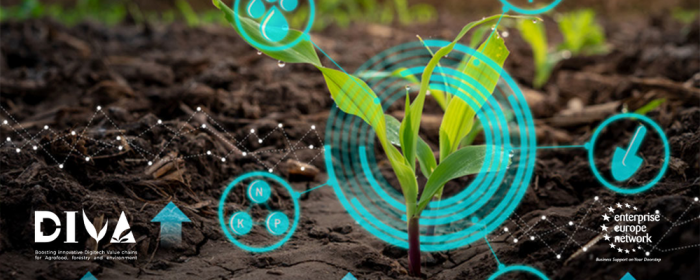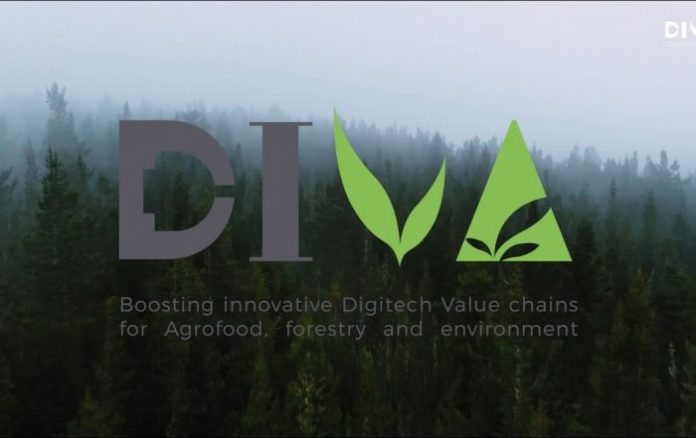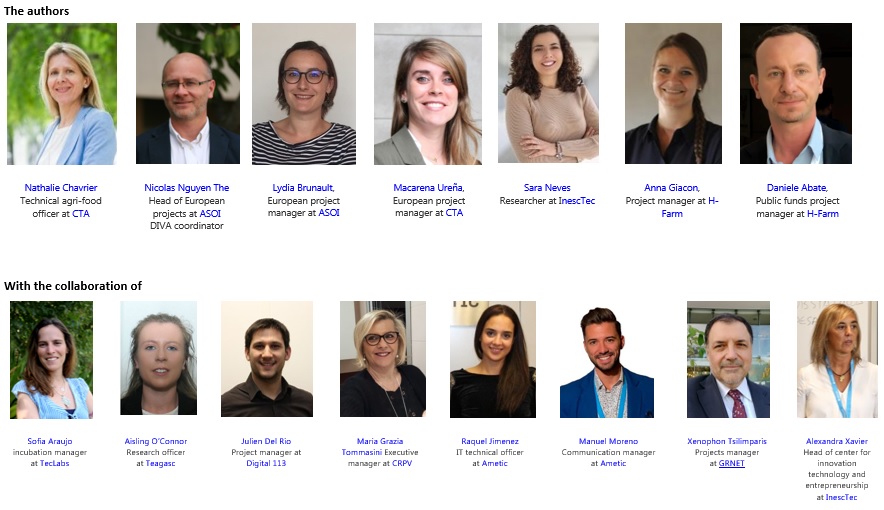Here we learn all about the DIVA Project’s contribution to the digitalization of agri-food, forestry and environmental sectors
1. DIVA Project key issues
1.1 Fostering the emergence of innovative digital solutions for agri-food, forestry and environment
The digital sector has rapidly evolved in the last decade with the regular emergence of new technologies (sensors, internet of things, mobility, data science, etc.). This enables the industrial sectors to change how activities have been previously done to date and open new perspectives in terms of improved accuracy, efficiency, and reliability, etc. Beyond assisting in primary production, digital technologies have immense potential to support many elements of the rural economy, from food and non-food supply chain management to new business development. In similar sectors, such as forestry, digital technologies’ potential is also very high, especially for enhancing sustainable production and eco-efficient industrial transformation. Progress is also high in technologies for remote monitoring of environmental aspects and biodiversity. The large amounts of data easily obtained by these digital technologies can also be vital to monitoring the effectiveness of bioeconomy policies regarding food security, resource efficiency, and climate change mitigation.
The European project DIVA (Innosup 01) was to support the emergence of innovative digital solutions for the agri-food sector and the related ones forestry and environment, and promote the development of new industrial digitech value chains.
Coordinated by the Cluster AGRI SUD-OUEST INNOVATION (France) in cooperation with nine other partners from 6 countries: Digital 113 (France), CTA and AMETIC (Spain), INESCTEC and TECLAB (Portugal), CRPV and H-FARM (Italy), GRNET (Greece) and TEAGASC (Ireland), the DIVA project has boosted during 3 years (2018-2021) the innovation ecosystems of these countries to instigate the emergence of innovative solutions brought by SMEs, accelerate the conception of disruptive cross-sectoral and cross-border projects, and support the development of new digitech value-chains.
The strategy of the DIVA project was based first of all on the definition of an innovation framework allowing SMEs to identify the needs of the application sectors to be solved. The objective was then to organise events and workshops to encourage the creation of projects. This emergence phase was carried out on a national and European scale before the launch of two calls for projects. The last stage of DIVA was based on the support of the winning companies in financial terms, in the form of innovation vouchers, and in the form of coaching and training.
1.2 A voucher scheme worth €2.7m to support SMEs
The core concept of DIVA was to accelerate new digital ideas all along the innovation chains, from idea emergence up to the demonstration and the internationalisation stages. The voucher scheme was therefore conceived with three main types of instruments:
- Maturation Instrument (10 k€ / project – individual) aimed at maturing a business model supported by innovative products, processes, services and technologies or funding activities to produce plans and arrangements or design for few, altered or improved products, processes or services, including prototyping or testing, and bringing them from a TRL 4-5 to a TRL 5-6.
- Demonstration instrument (25 or 60 k€ / project – collaborative) aimed at validating the technical and economic viability of a new or improved service, solution or technology in an operational (or near to operational) environment and bringing them from TRL 5 to TRL 7.
- Internationalisation instrument (30 k€ / project – collaborative) aimed at funding activities to foster internationalisation of a group of SMEs with a demonstrated value chain, enabling SMEs to rapidly improve their value proposition thus ensuring their long-term success at an international level.
2. A framework of innovation identifying the needs for digital solutions
The “Digitech Value Chain inspiration framework for Agri-food, Forestry and Environment” identifies and describes the main transnational challenges and the trends affecting the Agri-food, Forestry and Environment value chains. These challenges set the boundaries for presenting potential ICT-based solutions that can positively affect the sectors under assessment.
The methodology comprised four steps. The first step was a Literature Review. The review included a bibliography of 67 documents from two distinct primary sources, scientific articles with a more academic perspective and reports from Consultancy, Industry and Government organisations that bring the realistic vision from the actors in this economic sector. Secondly, with the reading and examination of these documents, we were able to identify and frame trends that possibly will have an impact on the agri-food, forestry and environment sector. Third, this list was validated by a group of experts in this area through the Delphi Method. The Delphi method is a long-range forecasting technique that elicits, refines, and draws upon the collective opinion and expertise of a panel of experts. Finally, we constructed the refined business and digital trends list composed of 5 drivers of change affecting business and 6 business trends influencing digital innovation (Figure 1). The detailed version of the method is available through this link https://www.projectdiva.eu/diva-trends-map/
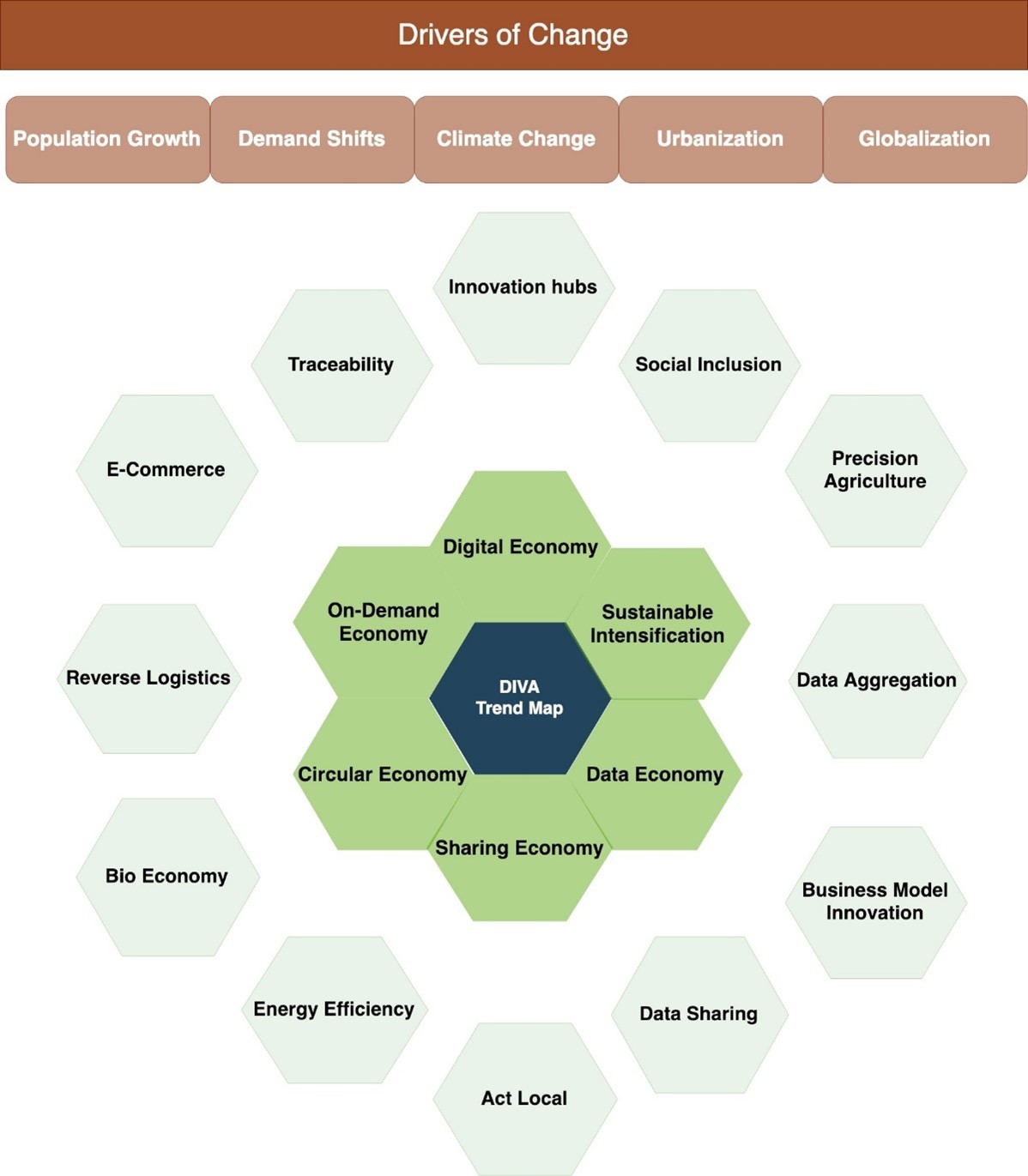
The Digitech value chain tool aims to highlight technological opportunities to meet the future challenges of the sector, amplify the importance of digital technologies, and inspire innovation. This inspiration framework consists of a structured and visionary database that is available to solution providers. Nine categories of technologies were selected: Data Analytics, Robotics and Process Automation, Internet of Things, Decision Support Systems, Sensors, Artificial Intelligence and Machine Learning, Digital Marketplaces, Blockchain, and Digital Twins.
The opportunities and expected projects for these 9 digital technologies across the value chain have been drawn and formulated in table 1. Together with 26 challenges formulated by stakeholders following a “Call for challenges” https://www.projectdiva.eu/challenges-list/, they compose the DIVA framework of innovation, presented as a source of inspiration for SMEs.
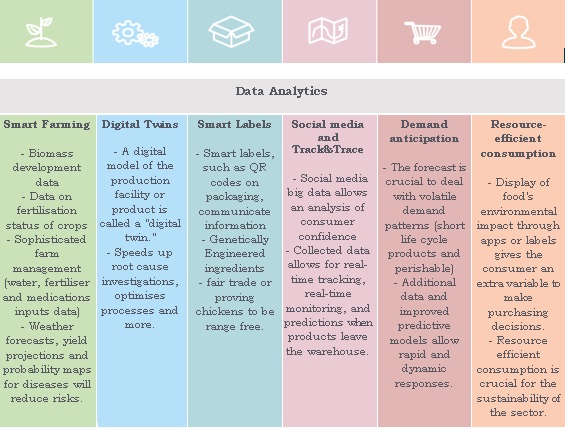
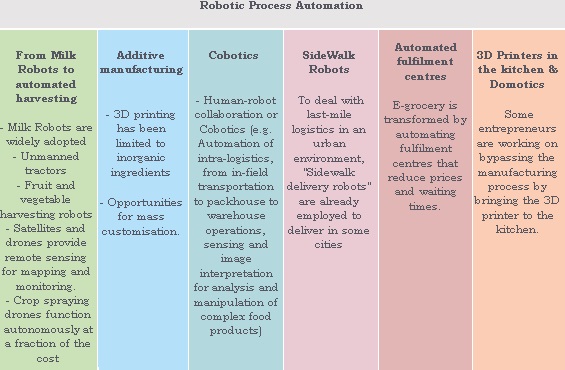
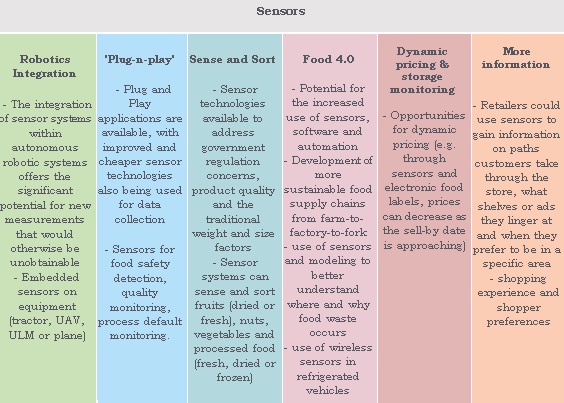
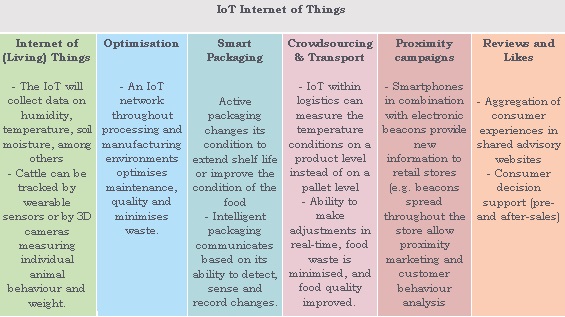
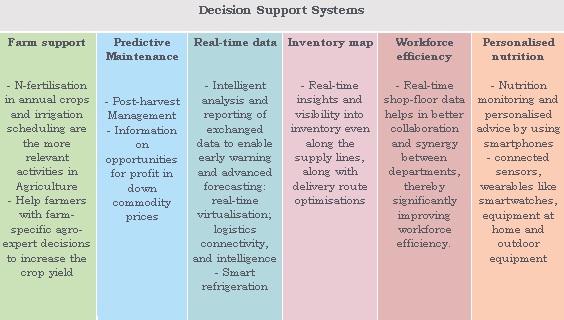
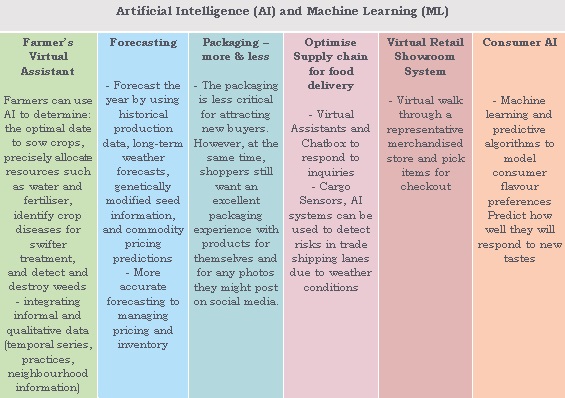
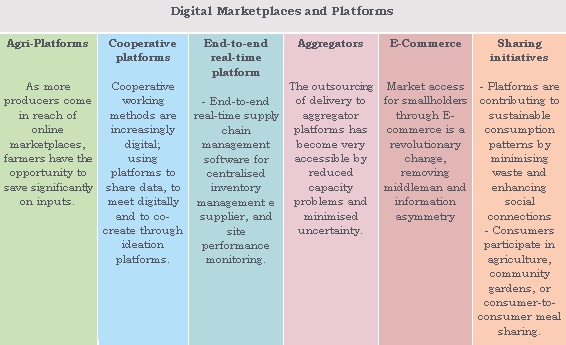
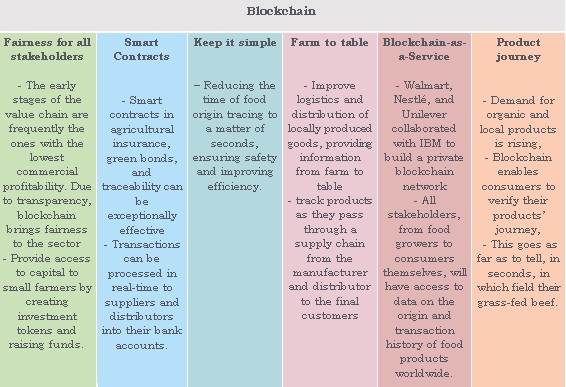
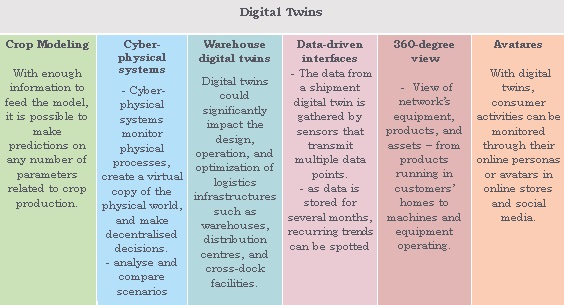
3. DIVA results and outcomes
3.1 A strong participation of SMEs in response to the open calls
Two open calls were launched with deadlines for submission in February 2019 and February 2020 at the European level. As a whole, more than 400 proposals were received. They were evaluated by the DIVA consortium following three main criteria: the impact of the project (market description, business model…), the excellence of the project (degree of innovation, technical objectives…) and its implementation (consortium, budget, schedule…). In the end, 134 projects involving 180 SMEs from 9 different EU countries were selected (figure 2): 88 maturation projects, 38 demonstration projects and 8 internationalization projects, which represents a 35 % average success rate. The beneficiaries benefited from direct financial support in the form of vouchers worth 10 to 60 k€ depending on the type of project. Trans-national cooperation has been encouraged for Demonstration and Internationalisation projects where at least 2 SMEs were required. Although it was not made compulsory in the guidelines, 28 % of these projects turned out to be trans-national.
The list and summary of all the projects is available on:https://www.projectdiva.eu/funded-projects/
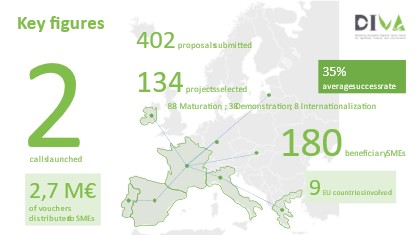
The SMEs came from the countries participating in DIVA (France, Greece, Italy, Ireland, Portugal, Spain), but also from other countries in Europe (Czech Republic, Germany, Latvia). Although some SMEs reached a turnover of several million euros (max. 35 million) with a staff of more than 50 (max. 90 FTE), most SMEs were very small entities with 5 or fewer employees and a turnover of less than €100k. Among them, start-ups were the typical SMEs applying.
One of the DIVA objectives was to facilitate the demonstration of the new value chains. 38 demonstration projects involving 79 SMEs have been selected for support by DIVA. Each of them has demonstrated a new value chain in a real environment. 20 are so-called small-scale demonstrations as they represent part of a full value chain and 18 are large-scale demonstrations where the full value chain was expected to be represented up to the final user. Among these projects, 4 concern the Forestry sector and 4 concern the Environment sector. After the final assessment, 35 of these projects were deemed successful and 10 between them received the highest evaluation scores. They are listed in table 2.
Another objective of DIVA was to support innovative solutions across the full spectrum of innovation from idea maturation up to internationalisation. Following the 2 DIVA calls for projects, 8 internationalisation projects gathering 19 SMEs were supported, 3 of which had previously benefited from a demonstration voucher in the first call. The target destinations were the US, the Baltic States, Brazil, Egypt and New Zealand. These projects were impacted by the COVID crisis due to the impossibility to travel in 2020. Nevertheless, alternative solutions have been found to prospect remotely and demonstrate the services envisaged in European countries that were easier to access. Digital services for agriculture developed in Europe have a real relevance on international markets, including in countries like the US with a reputation for AgTech.
Among the 180 beneficiaries, 34 SMEs benefited from an equity investment among which 10 SMEs raised more than 100 k€ in funding. Total equity investment represented 3,9 M€ and budget investment by the SMEs represented 4,8 M€. As a whole, 8,4 M€ of private investment have been made on the DIVA supported projects, which represents a leverage effect of 3,1 for the investment of the European Commission (2,7 M€ of vouchers).
3.2 Thematic analysis of selected projects
The thematic of the 134 selected projects has been analysed and classified according to the three main following drivers:
- the step of the value chain addressed by the project
- the relative novelty of the solution addressed by the project
- the digital technology addressed by the project
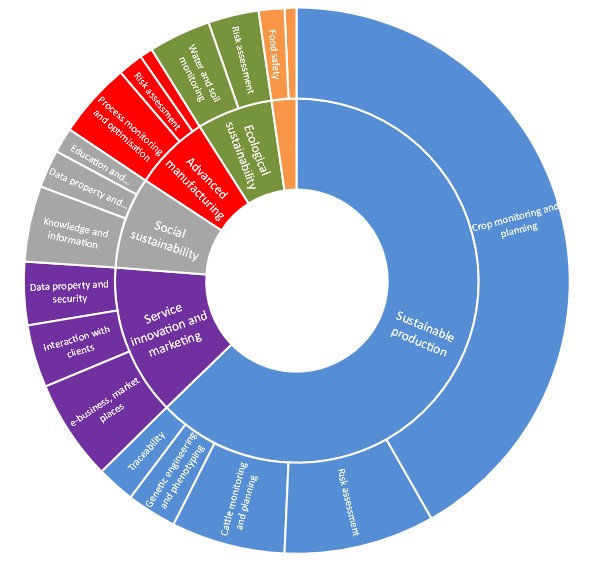
Regarding the matching of selected projects’ thematic with value chain, as shown in figure 3, the majority (63%) of the selected projects concerned the first step of the value chain, with the development of solutions for “sustainable production”, mainly focused on crop “monitoring and planning”. Decision support tools for irrigation management, optimised application of phytosanitary products or fertilisers, the detection of diseases or anomalies at the farm level and weed detection were typical purposes of some of these solutions. While crop production remained the main focus, several projects concerned precision livestock farming, for “cattle monitoring and planning”. Other solutions regarding “phenotyping and genetic engineering” for crops or crops “traceability” have been funded.
The other segments of the value chain have been addressed at a lower level: 13% of selected projects promoted the development of business models or IT solutions to deploy innovation and marketing support services to agri-food, environmental or forestry sectors such as the creation of market places, e-business model, platform to ensure the connection of the supply chain actors or interaction between producers and consumers, data property and security tools. Blockchain was typically used in some projects to secure data origin and traceability.
8% of funded projects were focused on “social sustainability”, dealing with sharing concepts, either of knowledge and information (social networks for farmers) or workforces and equipment. Some projects proposed new forms of training through educational platforms for the targeted sectors. Only 7% of supported projects addressed “Advanced manufacturing” actors of the value chain and were focused on process optimisation and monitoring or risks assessment solutions. The “Ecological sustainability” (7%) which is positioned upstream of the production was covered by projects on land quality assessment and water quality monitoring. The “Transport and logistics” step of the value chain was only addressed by a few projects despite its huge importance (2%).
DIVA calls were intended for agri-food, environmental and forestry stakeholders, covering the whole value chain in different intensity. In practice, selected projects targeted mainly the agri-food sector (89%). Projects devoted to Forestry concerned 7% of the selected projects. Although it represents a lower share of the projects, it is worth noting that many digital solutions developed for agri-food could easily be applied to forestry as their technological demands and challenges are very similar. The projects devoted to the Environment concerned 4 % of the selected projects. It covers Beehive management, water quality monitoring or weed control in golfs. Here again, despite a low share of the selected projects, it is interesting to see the possible extension of digital solutions originally conceived for the agri-food sector to these new markets.
Projects have been classified in three categories, according to the relative novelty of their addressed solutions and application field. The following trends have been identified:
Incremental innovations
Most of the solutions related to precision farming to improve water, fertilizers, diseases, and weed management at the plot scale, funded by DIVA, have been qualified as rather incremental, as far as they are quite usual nowadays. They are normally offered by technological providers or technical assistance companies to the end-users and bring solutions applied to well known and well-developed sub-sectors. They usually provided decision support systems and addressed the sustainable intensification of farming and digital economy challenges of the sector. Other funded solutions focused on food processing improvement (such as drying process), detection of contaminants or quality monitoring (for wine or honey production for instance) have been considered as incremental innovations too.
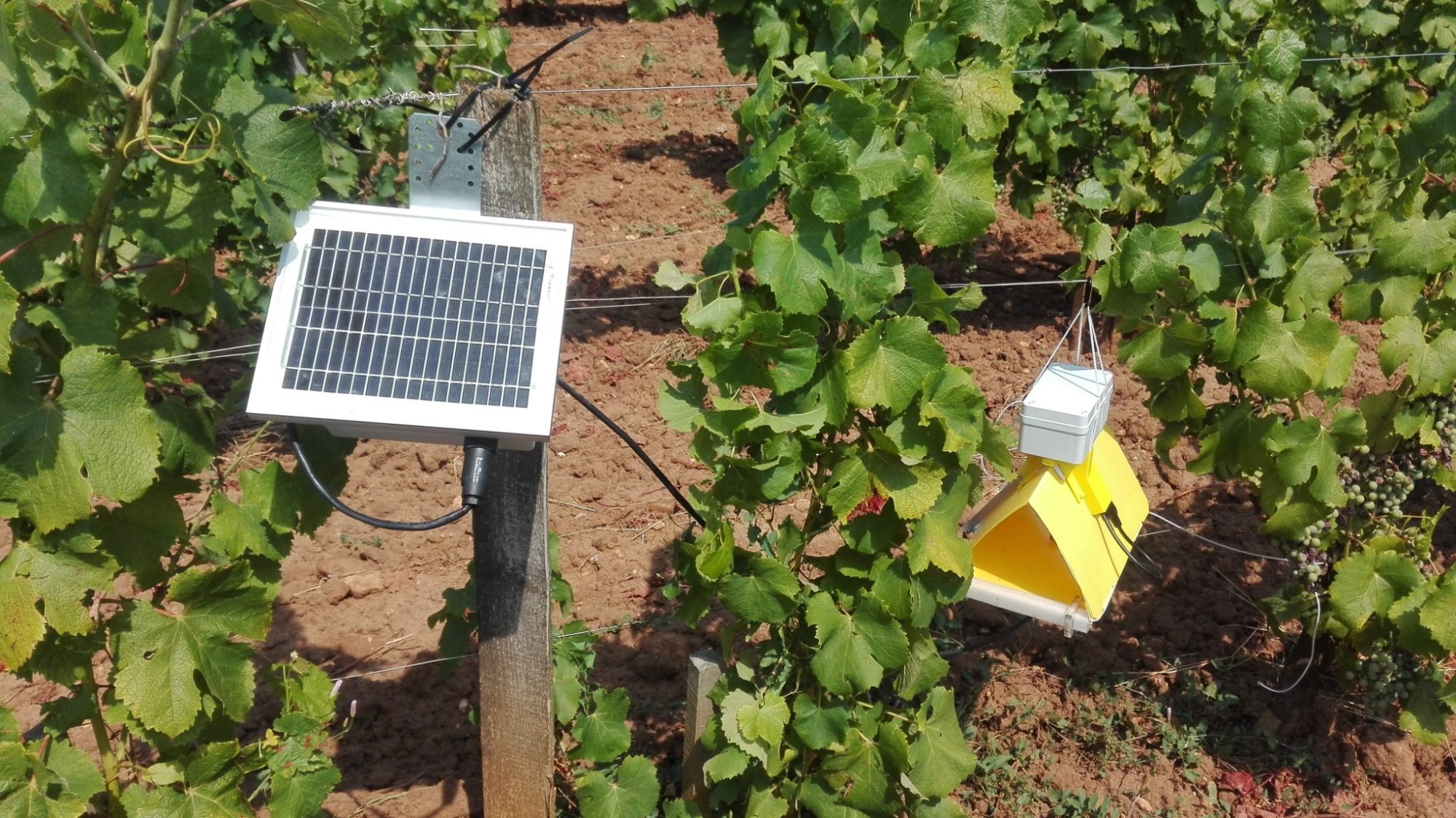
Innovations in the wake of new trends
Other projects funded by DIVA addressed solutions that have been already targeted in demonstration and innovation projects funded by other public funds at European level, but that haven’t been totally uptaken by the market. Part of those solutions were focused on the first step of the agri-food or forestry value chain and others involved several steps of the value chain. Regarding the primary production step, DIVA granted solutions based on data aggregation to improve farm management (that means at farm scale, not at plot scale), or asset management, for decision making. Smart livestock farming solutions have been funded too, especially tools to support calving detection, herd monitoring and poultry management. Regarding the first step of the crop value chain, some solutions focused on automated plant phenotyping and other interesting solutions were based on the connection of the value chain stakeholders. Some applications were based on the share of knowledge (guidelines for labour, e-training, experimentation results) or resources (equipment, workforce) between farmers. Others were platforms based on data sharing to ensure traceability, security, authentication along the whole chain or to share information to improve sales through market forecasts (market places). Those confirmed solutions funded by DIVA addressed most of the challenges related to digital technologies defined by the DIVA framework.
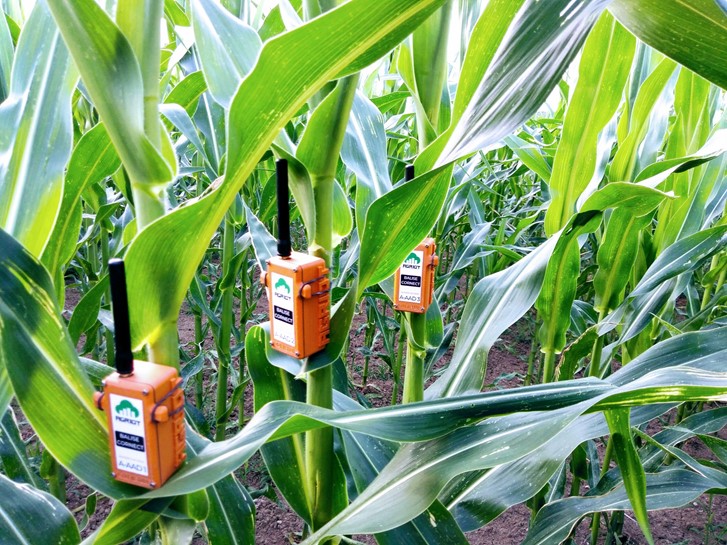
Cutting-edge innovations
The last group of solutions funded by DIVA projects are innovative solutions that bring a new approach, concept, combination of technologies or application sub-sectors, to the value chain. Some of those solutions solve farm management challenges using environmental issues as a driver. For instance the measurement of farm environmental foodprint, the pollination service assessment, the optimisation of flower thinning or the digital soil quality monitoring, the development of stress sensors based on plant electrophysiology. Some solutions addressed livestock management by the monitoring of animal welfare through a robot. Other innovative solutions are based on strong innovative technologies such as the use of modelling tools to establish digital twins of the genome and to assist plant breeding, or printed electronics for packaging. Finally, some solutions were considered innovative because of the business model or approach they promote: for instance a participatory platform to fund crop or livestock farm management, and specific tools for data sharing such as digital identity management, consent management and incentivizing methodologies.
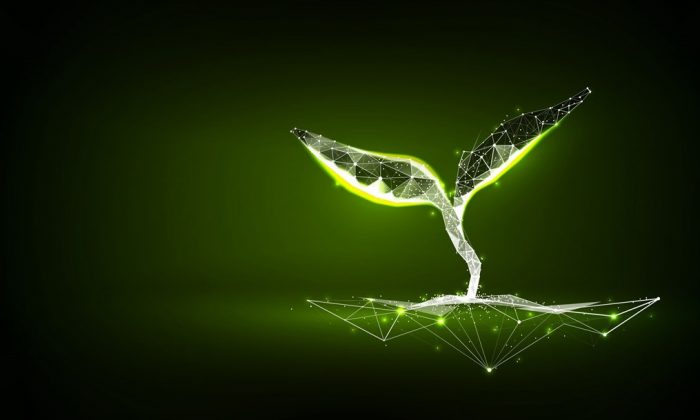
Though DIVA funded projects covered most parts of the trends and challenges of the DIVA framework, some thematic areas were poorly addressed and are considered as good opportunities to promote innovative projects. Regarding primary production, more solutions focused on vertical farming projects were expected, only one project has been funded under this topic. Nutrition and health thematic has not been addressed, projects based on personalised nutrition were expected too. Regarding the food industry, no integrated solution for predictive maintenance of industrial facilities has been submitted; solutions to support insurance or accounting services, neither. Only a few projects addressed transport but not the logistics of the value chain as a whole. The circular economy approach has been addressed as much as expected. Opportunities for innovation projects can be met on the cross of digitalization and circular economy challenges of the agri-food sector.
In terms of technology, the majority of the projects implemented data management and analysis tools, be they statistical, modelling or artificial intelligence tools. The acquisition of data through sensors was an important step in digital projects. The sensors were in place, pedestrian or embedded, connected (IoT) or their data made available via specific infrastructure (DIAS for satellite images). Blockchain technology has been used for traceability and data security applications. Technologies associated with robotics (such as optics, mechatronics or artificial intelligence) were complementary to digital technology. Drones used as an acquisition vector have been at the heart of many projects.
4. Success cases
All the selected projects have been monitored by a DIVA national partner in charge. The monitoring procedure included an initial assessment, the definition of a roadmap and a final assessment.
The objective of the initial roadmap was three-fold:
- Define the perimeter of the project,
- Define the expected results vs. DOW implementation, and define result indicators to assess whether the results were indeed met (example of result indicators could be the completion of a test or a market study, which could be checked by a report),
- Define performance indicators to qualify the success and interest of the projects beyond the mere achievement of the expected results (an example of Performance indicators could be reaching a minimum accuracy level of a device or a target number of commercial contacts).
After completion of the projects, the final assessment was carried out with the lead SME to review the project achievements and appraise the Result and Performance indicators. In addition, other data was gathered at that moment:
- Key figures of the SMEs: Turnover, Added-Value, Number of employees and part of the turnover made on international markets,
- Key figures of the projects: Number of new products/services on the market, number of contracts signed (among partners of the Value-Chain created), amount of investment decided (either by the SME itself and/or by investors) as a follow-up of the project, Intellectual property rights generated.
In order to rank the projects and highlight the most interesting ones, 2 composite indices have been created in the dashboard:
The quantitative evaluation of project impact
The quantitative evaluation is based on measurable outputs and aims to measure the effective success of every project considering the results concretely achieved. The following indicators, collected by DIVA Partners during the final assessment with SMEs, were used to carry out the quantitative assessment:
- IP generated: SMEs were asked whether they had concluded or even just embarked on an intellectual property protection path for the solution/product covered by their project;
- Services created: SMEs were asked whether the project development path through DIVA led to the creation or clear definition of a new (or significantly improved) service or product;
- Capital investment: SMEs were asked whether they received (or are receiving or have requested) external funding to increase their capital such as capital investment through fundraising, etc.;
- Budgetary investment: SMEs were asked whether they received (or are receiving or have requested) external funding or planned to use the internal budget for further developments of their project.
A score was attributed to each answer given in order to obtain a final rating that expresses the measure of the evolutive success of the project and indicates, on the basis of quantifiable evidence, the solidity of the project idea and the goodwill of the SMEs to carry the project forward.
The qualitative evaluation of project impact
The qualitative evaluation, based on the opinion of the DIVA partners who managed the projects, expresses the interest and potential of the project. The qualitative indicators were:
- Interest: DIVA Partners were asked their opinion on how much the project inspired confidence or it is an interesting solution for the market.
- Follow-up: DIVA Partners were asked whether the SME is willing to go ahead with the idea and the development of the new service (YES) or it has shelved the idea and defined it as a 2d priority, or even given-up (NO).
The quality evaluation was carried out for all types of DIVA projects (maturation, demonstration and internationalisation).
Best projects selected by the DIVA Consortium
Through the method described and, in the case of the maturation and demonstration projects, by sorting the projects first according to qualitative score and then by quantitative score, it was possible to identify the most innovative and promising projects.
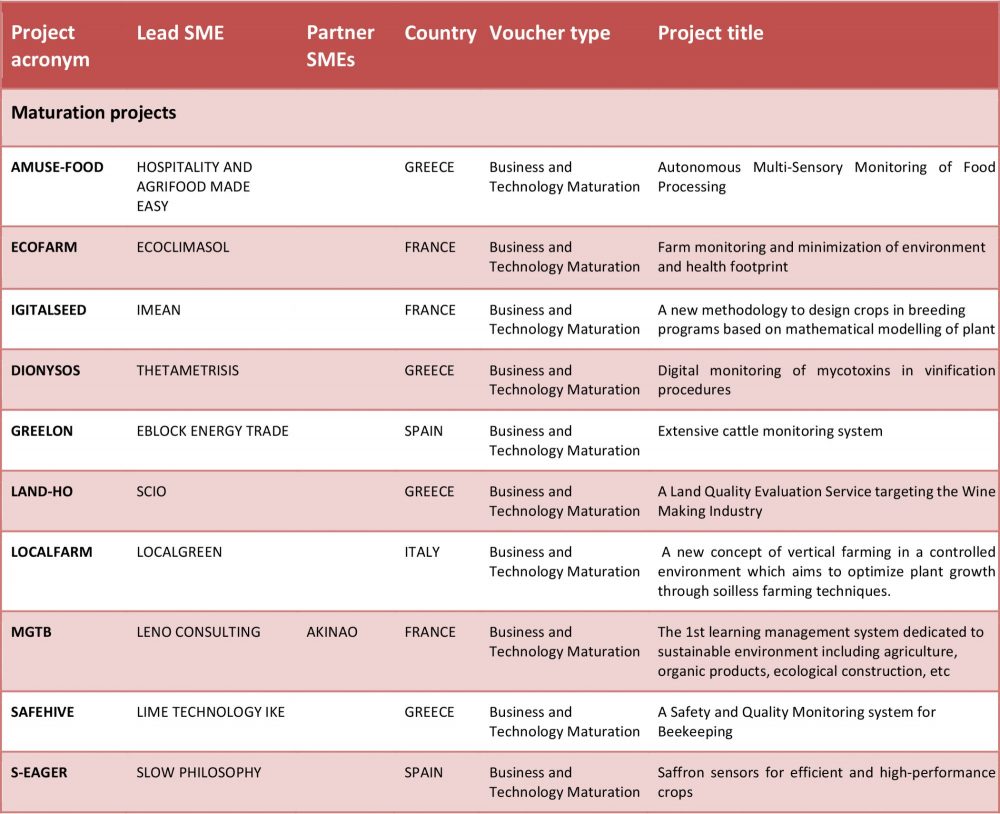
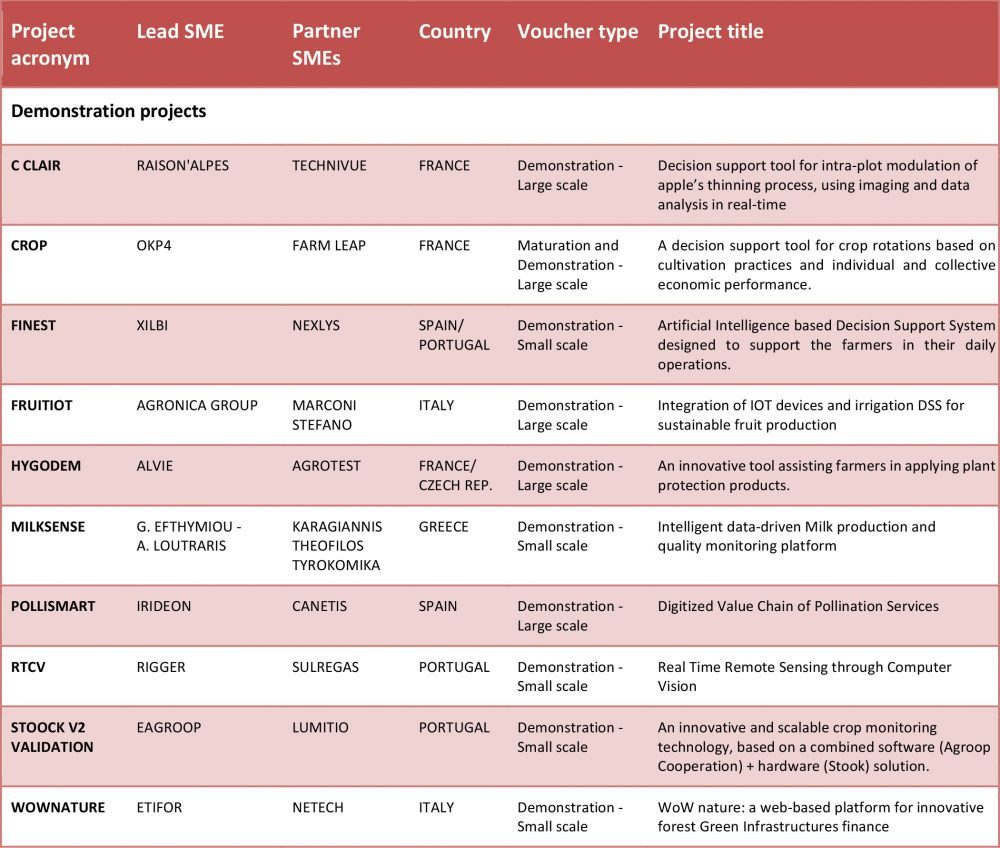

Table 2: List of 20 best DIVA supported projects
At the top of the ranking, the Consortium voted these 3 projects:
- Best maturation project: LAND-Ho(SCiO P.C.) – Greece
- Best demonstration project: CClair(Raison d’Alpes / Technivue/ Agriconnect) – France
- Best internationalisation project: AgroplusMkt(Agroinsider / Ambienta Ingeniería y Servicios Agrarios y Forestales) – Portugal and Spain.
LAND-HO
Land-HO, has been a Technology Maturation Project led by SCiO, a Greek SME that aimed with the funds of DIVA to build the foundations for a land assessment service targeting the winemaking and adjacent industries. Land-Ho is now a long-term land suitability evaluation platform for vineyard cultivation and wine production. It supports the users to make informed decisions on the selection of optimum grape varieties and agricultural real estate management & investments. The service exploits land assessment models that are based on open weather data and using well-established bioclimatic metrics. Starting from a preliminary model, the developed prototype incorporates an extended version of the model within a service architecture that fully exploits current technological assets of project leader SCiO P.C. and provide a clear separation between data processing, analysis and visualisation layers of the service, thus keeping the service easily extensible and updatable.
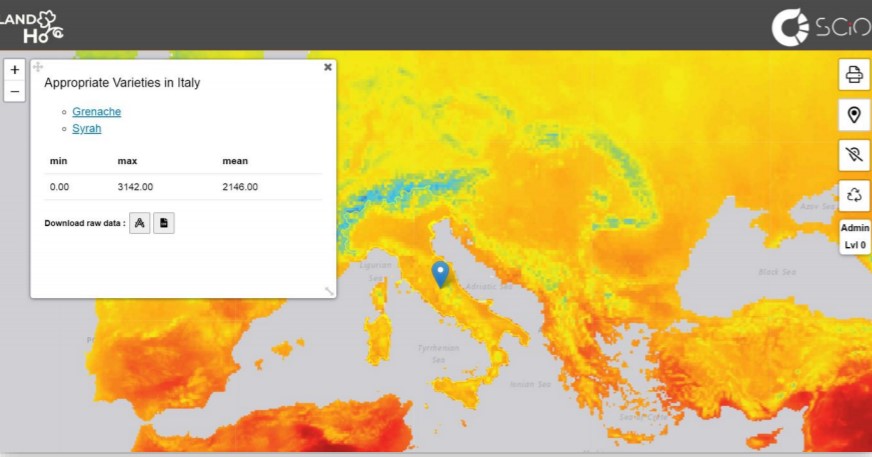
The overall evolution achieved within the Land-HO maturation project was critical for assessing the feasibility and potential impact of the Land-HO service. In the context of the maturation process, the major external assets crucial for scaling the service at the global level and the respective pre-processing mechanisms were put in place and incorporate in the Qvantum architecture (Qvantum is a SCiO’s data platform, capable of gathering, harmonising, and integrating heterogeneous data from all kind of sources like IoT and proximal and satellite sensing). The model itself was updated to make use of the more complex scenarios used by CMIP6 and a plethora of grape varieties are now covered by the system. Furthermore, an intuitive, simple yet complete interface was built to expose the findings of the service to its end users. Overall, the main objectives set at the beginning of the project were met in terms of functional and non-functional requirements, via a solution that already achieves global reach for a period of 100 years.
CClair
CClair, has been a Demonstration – Large Scale Project of DIVA. A French project Ied by Raison’Alpes, a company providing agricultural services to improve the economic and environmental performance of production systems, in partnership with Technivue, SME that offers aviation data acquisition, processing and analysis services. Cclair is a decision tool useful for apple trees’ thinning phase. This phase requires the removal of a part of flowers and fruits to assure the final optimal number of fruits with the aimed size for commercialisation. By developing a trees’ blooming image acquisition and a data analysis methodology, Cclair produces a plot cartography of the blooming intensity. This cartography is used by the farmers to adjust the apple trees’ thinning and to optimize their production. Through the DIVA voucher, it was possible for CClair project to complete the development of an integrated solution for flowering intensity mapping using integrated cameras, refine the precision spraying and carry out a full live demonstration of the service in 2 different apple orchards in France. A joint venture, AGRICONNECT has been created by the two partners to carry the joint activity and fundraising worth 1 M€ has been engaged.
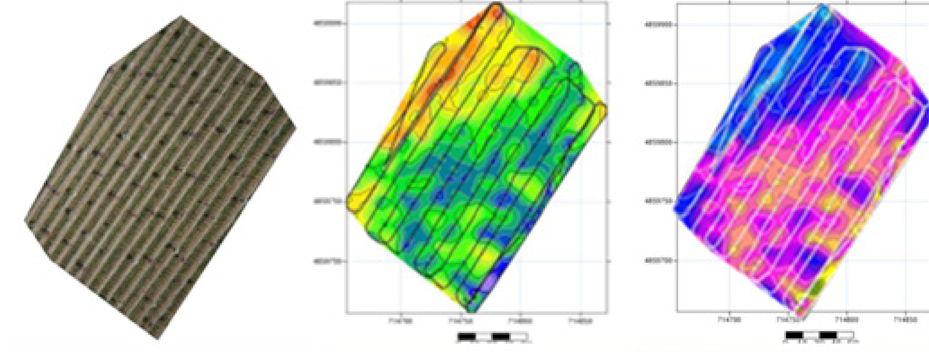
AgroplusMkt
AgroplusMkt project received an Internationalisation voucher from DIVA. AgroplusMkt is a collaborative project between Agroinsider, a Portuguese provider of digital solutions for agriculture, and the Spanish company Ambienta – Ingeniería y Servicios Agrarios y Forestales.
Agroplus is an agrotech solution for the integration of machinery data into management support platforms, its features can be applied to the entire agribusiness value chain, where machinery is handled. The AgroplusMkt, aimed to learn more about the Brazilian market to export the Agroplus solution. Brazil is one of the largest agro-business markets in the world, having a continental dimension (larger than western Europe) and each region has its characteristics of climate and agricultural cultures. With this project, it was possible to get to know the market, stakeholders, potential partners in more detail and install pilot demonstrators. The project of internationalisation was carried out with success as all main deliverables were accomplished and a new path to Brazil was set off. Even though 2020 was marked by the Covid-19 pandemic with major risks for the internationalisation projects, the promoters of this project could carry out the activities by hiring a Project Manager in Brazil and organising online meetings and webinars with potential clients.
5. Recommendations and follow-up
Recommendations for the digitalization in agri-food, forestry and environment
During the three years of the project, many comments and observations were collected, from the DIVA partners themselves, from experts mobilised in the events and workshops, and the participating SMEs with whom regular exchanges were held. At the end of the programme, a specific survey was also conducted to the feedback of the beneficiaries of the DIVA funds. On the basis of this success and information, it is now possible to identify lessons learned and good practices for the development and deployment of digital solutions and to formulate recommendations for the European Commission and innovative companies to encourage and improve support mechanisms targeting SMEs and innovation clusters. A 10-point summary is presented here.
For the SMEs
1 – Digital innovation is not necessarily high-tech: Frugal, low-tech and organisational innovation has to be considered together with high-tech solutions,
2 – Think “smart” and not only “Big data and AI”: real “big data” situations where Artificial Intelligence can meet its full potential are not so often met in agriculture and still more common modelling and data sciences tools with a limited and well-qualified data set can bring a strong service innovation,
3 – Farmers are not the only target of the digital transformation: Many different players are part of the industrial value-chains (e.g. equipment manufacturers, input producers, logistics and transport providers, retailers) and they have specific digital needs to be addressed.
4 – Combine “IT for Green” and “Green IT”: Consider the environmental footprint of the digital solutions in the innovation process.
For the EU policies
5 – Unlock the barriers to data exchange and secure data flows to exploit its valorization potential: data is probably at the heart of the digital economy of tomorrow. Interoperability, the standard of exchange, consent to exchange and consent management, are some of the key issues to handle to take full benefit of it.
6 – Promote experimentation sites and facilities, and further, living labs: Demonstration in a real environment is a key step to reach higher TRL levels of solutions. Thinking in terms of service delivered and interacting with the end-user in its socio-economic environment in a living lab is the ultimate way to make sure to meet the real expectations.
7 – Cascade funding schemes with vouchers are particularly relevant to support innovation with SME: it gives the possibility to young businesses to benefit from European support in an accessible, flexible and fast way avoiding the administrative burden of heavy reporting and long-lasting projects they cannot afford.
8 – There is a need for intermediate size funding schemes: 60 k€ / SME set-up as a maximum limit in Innosup projects can be enough for simple digital solutions at low TRL levels. Higher funding levels cc 300 k€ – 500 k€ are necessary for projects requiring more investment (e.g. robotics) and targeting higher TRL levels (7-8).
9 – Give the possibility by way of derogation for experimentation outside the regulatory framework: To unleash innovation and prepare future solutions (e.g. spraying with drones).
10 – Innovation clusters play a key role to reach SMEs and act as a catalyst for innovation within their ecosystems, together with intermediary organisations such as Research and Technology Transfer Organisation (RTO) and Experimentation Centres.
Towards digital transformation and beyond
DIVA was an opportunity to build a network of partners united by a common interest in pursuing the actions undertaken.
Several partners are registered as Digital Innovation Hubs (DIH) on the S3 platform (ASOI, H-Farm, CTA). Their action programme was enriched by the DIVA mechanism but continues after the end of DIVA. In addition, most of the partners are currently involved in the construction of European DIHs (e-DIHs) in the regions where they are located. Most of the time, DIVA’s achievements have fed into the reflections on the scope of actions of these future structures.
In addition, DIVA was able to inspire joint actions between partners. In France, Digital 113 and ASOI joined forces to respond to a Smart Agri Hub call for proposals to organise a specific event dedicated to the problems of short-distance supply. The project named FoodLog Proximity was selected and gave rise to a Hackathon on 24/10/2020 gathering about fifty actors from the Occitanie region in France. Digital 113 then launched an innovative initiative called “Digital Is Future” to promote exchange between digital players and players in the application sectors. The first edition, organised between December 2020 and February 2021, was conducted in partnership with ASOI for the agro sector.
These experiences have reinforced the need to continue the cross-fertilisation process to achieve a better mutual understanding of the needs and operating methods of the agri-sector on the one hand and the solutions and operating methods of the digital players on the other.
Demonstration sites remain a key point for the maturation, experimentation and demonstration of new solutions. In Italy, CRPV organised a first Demoday in October 2020 at the Italian demofarm Astra where IT companies and actors from the agri-food sector were involved, with about 64 persons participating. Considering the success of this event, CRPV made the decision to reconduct this event every year from now on. In Ireland, the MoorPark and Killworth sites led by TEAGASC are now well-known sites for experimentation in dairy management and livestock farming where events take place regularly.
A European community of partners and companies has been created. The DIVA partners are fully involved to push forward the actions undertaken and this dynamic will continue beyond the end of DIVA. DIVA partners will be particularly attentive to new opportunities to build a project or actions together. Horizon Europe offers interesting perspectives on certain themes such as the contribution of digital technology to agroecology. The “Smart sensors 4 agri-food” and “Traceability and big data” partnerships will be networks where partners can meet. The future Private Public Partnership “agriculture of data” and “Circular Bioeconomy Europe” will be receptacles for joint projects.
All this information has been presented during the DIVA final event held on March 4th 2021 https://www.youtube.com/watch?v=jaXY7QHc2-A
